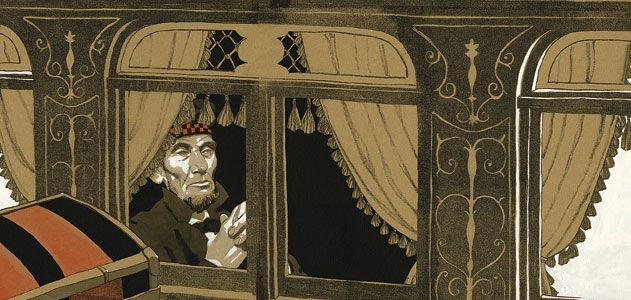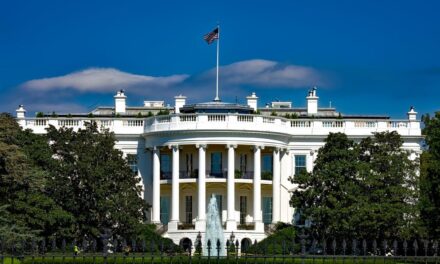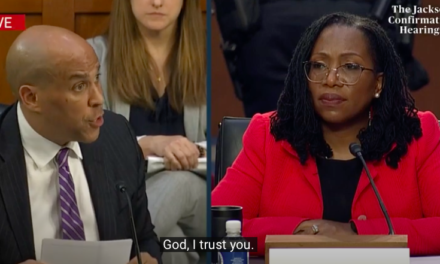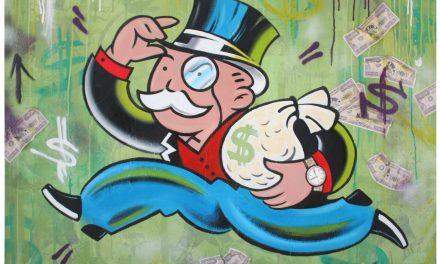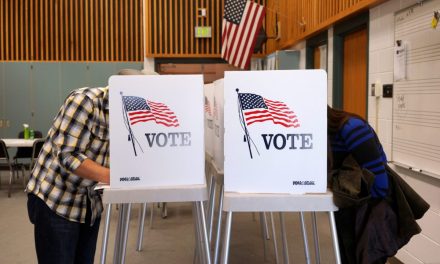Image Credits: Edward Kinsella III.
On Monday, President-Elect Joe Biden declared that he’s not afraid to take the oath of office outside on January 20 despite an unprecedented threat level detailed by the FBI. The National Guard has mobilized 15,000 troops to protect the inauguration, and the Secret Service is setting up a cordon in the city, complete with vehicle checkpoints and metal detectors. Security officials don’t want to be surprised again, after the failure to protect the Capitol on January 6.
Another Defense Department official said that law enforcement agencies were planning for any number of possible events, some of them horrific. Worst-case scenarios include snipers targeting inauguration dignitaries, “suicide-type aircraft” entering Washington’s restricted airspace and even remote-powered drones attacking the crowd. The officials said they were particularly worried about multiple active-shooter situations flaring up simultaneously.
Steven Sund, who resigned as Capitol Police Chief in the aftermath of the Trump-inspired assault on Congress, is still haunted by the violence he witnessed:
“As soon as they hit the fence line, the fight was on,” Sund said. “Violent confrontations from the start. They came with riot helmets, gas masks, shields, pepper spray, fireworks, climbing gear — climbing gear! — explosives, metal pipes, baseball bats. I have never seen anything like it in 30 years of events in Washington.”
According to the Washington Post, Sund feels that “America’s bastions of democracy need far more security” to deal with this new threat.
The last time the nation experienced anything like this was in February and March of 1861. Smithsonian Magazine retells this history nicely, beginning with the first indication that President-Elect Abraham Lincoln would need to be careful as he made his way by train from Springfield, Illinois to Washington, DC.
It came from John Nicolay, a young Bavarian immigrant who served as Lincoln’s private secretary.
“His mail was infested with brutal and vulgar menace, and warnings of all sorts came to him from zealous or nervous friends,” Nicolay wrote. “But he had himself so sane a mind, and a heart so kindly, even to his enemies, that it was hard for him to believe in political hatred so deadly as to lead to murder.”
The story of how Lincoln was convinced that the danger was real begins with Samuel Morse Felton, the president of the Philadelphia, Wilmington and Baltimore Railroad, who was concerned that Southern Secessionists might be plotting a “deep-laid conspiracy to capture Washington, destroy all the avenues leading to it from the North, East, and West, and thus prevent the inauguration of Mr. Lincoln in the Capitol of the country.” He hired Allen Pinkerton, the founder of the Pinkerton National Detective Agency—the precursor to the FBI—to protect his rail lines.
Knowing that Lincoln’s train would have to travel through Baltimore—then a hotbed of secessionist fervor—Pinkerton and a few of his agents traveled to the port city and went undercover. Pinkerton would later write, “The opposition to Mr. Lincoln’s inauguration was most violent and bitter, and a few days’ sojourn in this city convinced me that great danger was to be apprehended.”
Before long, they discovered something far worse than a plot to sabotage the railroad. There was a sophisticated conspiracy, led by a Sicilian immigrant named Cypriano Ferrandini, to assassinate Lincoln when his train arrived at Calvert Street Station.
By Sunday, February 17, Pinkerton, after piecing together rumors and reports, had formed a working theory of Ferrandini’s plan. “A vast crowd would meet [Lincoln] at the Calvert Street depot,” Pinkerton stated. “Here it was arranged that but a small force of policemen should be stationed, and as the president arrived a disturbance would be created.” While the police rushed off to deal with this diversion, he continued, “it would be an easy task for a determined man to shoot the President, and, aided by his companions, succeed in making his escape.”
If this plot sounds familiar, it should. Shortly before noon on January 6, Capitol Police Chief Sund was informed while watching President Trump deliver his incendiary speech on the Ellipse that pipe bombs had been discovered at the Republican National Committee and Democratic National Committee headquarters near the Capitol grounds.. Sund told the Washington Post that believes the bombs were a diversionary effort “to draw officers away from the Capitol perimeter.”
Pinkerton immediately sent a courier to a contact who was traveling with Lincoln but was soon convinced that he’d need to meet with the incoming president in person if he wanted his warnings taken seriously. The meeting occurred in Philadelphia, and Pinkerton was persuasive.
Lincoln agreed that he should secretly travel to Baltimore earlier than planned, and go straight on to Washington in the middle of the night. But first, he needed to honor a commitment to meet the governor of Pennsylvania in Harrisburg.
The rest of the story is interesting, as it involves a real cloak and dagger set of security precautions, involving diversions, disguises and a horse-drawn train car switch. Despite several harrowing moments, the plan worked and on February 23, Lincoln arrived safely in Washington in plenty of time for his March 4 swearing-in.
As a result of this incident, Lincoln was lampooned throughout his presidency for cowardice, and some doubt to this day that there was a serious plot to kill him in Baltimore. Yet, with six states having already seceded from the Union by the time of his train trip and the Battle of Fort Sumter only seven weeks in the future, it’s clear that violent opposition to his presidency was real.
Today, just as in 1861, the main rail stop between Philadelphia and Baltimore is in Wilmington, Delaware. During his time as senator and vice-president, Biden took over 8,000 rides between Wilmington and Washington, earning him the moniker “Amtrak Joe.” CNN reports he’ll repeat the trip on Inauguration Day.
Joe Biden will begin his new journey as the 46th President of the United States in a familiar way: riding Amtrak from Wilmington to Washington.
A day before he is sworn into office, Biden is planning to make his way to the nation’s capital on a family train trip that will be part of the festivities leading up to the inauguration on January 20, people familiar with the plans tell CNN.
The riot on January 6 was an effort to prevent a Biden presidency, and there are strong indications that many of Trump’s supporters haven’t given up the fight. It’s good that security officials are preparing for snipers, “suicide-type aircraft,” and remote-powered drones, but I hope they’re also looking at the security of Biden’s train. Given the threat environment, no one should fault the president-elect if passes through Baltimore earlier than planned.

